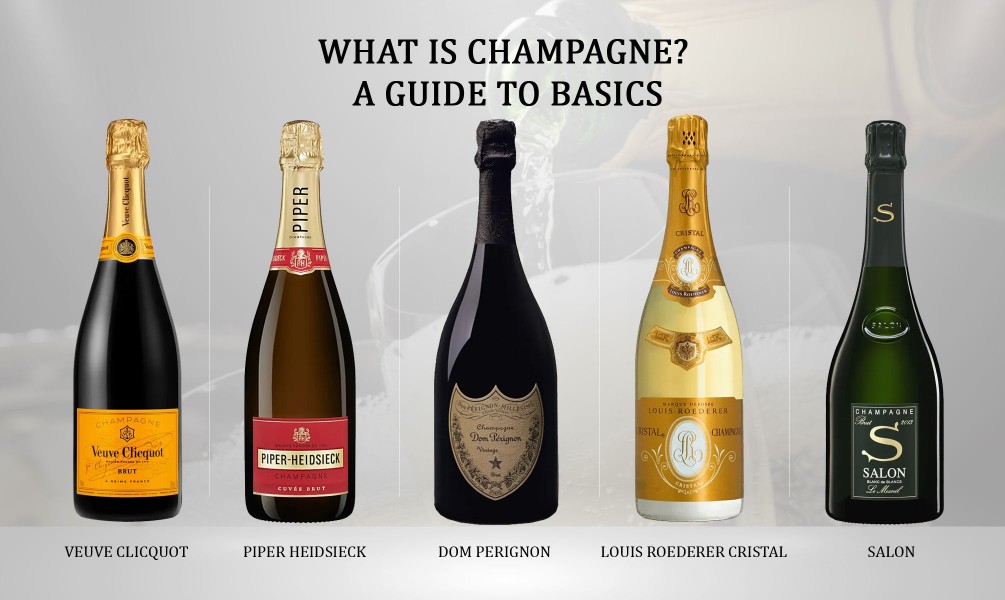
Champagne - the buzz word at every celebration, right? Champagne isn't just a drink—it’s a tradition, a symbol of celebration, and an expression of refined taste. But, if you’ve ever felt confused at the sight of those terms on Champagne labels or wondered what really makes it different from any other type of sparkling wine, fret not, you’re not alone! At some point we’ve all felt a bit baffled looking at those shiny Champagne bottles and wondered, which one to drink or gift?
Champagne is rightly associated with celebrations and milestones and life's most essential highlights, but it can well be the drink you savour through life's many moods. As Napoleon Bonaparté said -“In victory, you deserve Champagne; in defeat, you need it.” Well, I don’t really mean defeat as that and I’m sure neither did he (not always in any case).
Champagne is the drink for times when we just need to sit in our own company or that of a confidant and flow into candid, unmasked moments!
To me - Champagne is a perfect ‘pondering partner’.
In this guide, we’ll explore what Champagne is, how it’s made—from the base wine to the magic of secondary fermentation—the different types out there, and why this sparkling wine produced in the Champagne region of France continues to be one of the most iconic bottles to gift, sip, or celebrate with.
WHAT IS CHAMPAGNE?
Champagne is a sparkling wine, but not all sparkling wine is Champagne. Real Champagne is made exclusively in the Champagne region of northeastern France, using a specific and legally protected traditional method of production, also known as the méthode champenoise. It’s this origin and technique that gives Champagne its unique character—marked by fine bubbles, complexity, and elegance.
Champagne region’s chalky soils, cool climate, and time-honored winemaking traditions make Champagne unlike any other wine. The specificity and authenticity are so important that international wine laws protect the term "Champagne" through strict regulations.
WHY IS IT CALLED CHAMPAGNE?
The name “Champagne” isn’t just a fancy term; it’s a geographic indication protected by law. Classifying terms like AOC & AOP (France), DOC & DOCG (Italy), AVA (USA), VQA (Canada), and many others, when mentioned on a wine label, have condensed legal information in them — grape varieties, production methods, yield size, soil, vineyard direction, harvest methods, and more! And champagne production adheres to all those many more traditional practices to ensure quality standards.
Only sparkling wines produced in the Champagne region of France, following the rules set by the Appellation d'Origine Contrôlée (AOC) and regulated by the Comité Interprofessionnel du Vin de Champagne, can legally be labeled as Champagne. This distinction is so fiercely protected that producers from outside the region—whether in California, Italy, or even other parts of France—must label their sparkling wines differently, such as “Cava,” “Prosecco,” “Cremant,” or simply "sparkling wine." This legal status preserves the integrity, heritage, and global prestige of Champagne.
How Is Champagne Made: Understanding Méthode Traditionnelle (THE TRADITIONAL METHOD)
The Méthode Traditionnelle, also known as the Champagne Method or méthode champenoise, is what separates Champagne from other type of sparkling wines. It’s a labor-intensive production process that contributes to Champagne’s luxurious mouthfeel and delicate bubbles. Well, you buy this sparkling wine in the very same bottle, in which Champagne’s second fermentation takes place, so it is truly special. Here’s how it works:
- First Fermentation: Grapes are pressed and fermented into still wine. At this point there are no bubbles or sparkles in the wine—as the CO2 has been released and not trapped in yet.
- Blending: Wines from different grape varieties, vineyards, or even years are blended to create a consistent style over the years and one that's unique to a particular Champagne house.
- Bottling and Second Fermentation: The still wine created by first fermentation is bottled with a mixture of sugar and yeast (called "liqueur de tirage"). This mixture is essential as yeast now feeds on sugar, restarting the fermentation process. During this second fermentation, CO2 produced is trapped in, and alcohol by volume also climbs up by 1-2%. And just like that, we've got the bubbles—aka the sparkles!
- Aging on Lees: The Champagne is aged on its lees—the dead yeast cells—for a minimum of 12 months (for non-vintage), and often much longer for vintage styles. This stage is where Champagne gains its iconic bready, nutty, and toasty notes, thanks to the breakdown of yeast. Some wines age for years in underground chalk cellars across the Côte des Blancs or the Vallée de la Marne.
- Riddling: Bottles are slowly turned and tilted to an upside-down position to collect the dead yeast sediment in the neck.
- Disgorgement: The neck of the bottle is frozen now to prevent the sediment from falling back in. The sediment is removed or ejected out.
- Dosage: A small amount of a mixture of sugar (or none) and wine is added to balance acidity.
- Corking and Labelling: Finally, the Champagne bottle is corked, wired, labeled, and ready to glow up your celebrations.
What Grapes Are Used in Champagne?
Only seven grape varieties are allowed in Champagne, but three dominate nearly 99% of all Champagne production:
- Chardonnay:This white grape adds finesse, freshness, minerality, and citrus notes. It’s the backbone of Blanc de Blancs Champagne styles and grows beautifully in the chalky soils of the Côte des Blancs.
- Pinot Noir: A black grape with white juice, it adds structure, body, and red fruit aromas. It’s often used in Blanc de Noirs blends, and it plays a major role in Champagnes from the Montagne de Reims and Vallée de la Marne.
- Meunier: Formerly known as Pinot Meunier, this grape is fruit-forward and approachable, adding roundness and softer acidity.
The lesser-used grapes include Arbane, Petit Meslier, Pinot Gris, and Pinot Blanc, which are typically found in very small or experimental cuvées.
Types of Champagne Explained
There are several types of Champagne, each defined by its grape blend and sugar content. Here’s a breakdown of the most common styles:
- Brut Nature (0-3g/l sugar): Completely dry and crisp, with no added sugar. Best for those who enjoy their sparkling wine ultra-dry.
- Extra Brut (0-6g/l): Still very dry but slightly rounder than Brut Nature.
- Brut (0-12g/l): The most popular style, balancing dryness and approachability.
Want to learn more about Brut champagne? Check out our detailed guide on “What is Brut Champagne’’ - Extra Dry (12-17g/l): Slightly sweet, despite the name.
- Brut (0-12g/l): The most popular style, balancing dryness and approachability.
- Sec (17-32g/l): Noticeably sweet—great with spicy food.
- Demi-Sec (32-50g/l): Sweet, dessert-style Champagne, often paired with pastries and fruits.
- Grower’s Champagne: Grower's Champagne is crafted by the same estate that grows the grapes, offering a more terroir-driven, artisanal expression of the Champagne region compared to mass-produced bottles from larger houses.
- Rosé Champagne: Rosé Champagne is a pink-hued sparkling wine with notes of red berries and florals, perfect for celebrations or Champagne food pairings. Color comes from keeping the still wine in short contact with the skins of black grapes.
- Blanc de Blancs: Champagne made using the white grape varieties only, mostly Chardonnay, giving it that sleek minerality, citrus brightness, and aging potential.
- Bland de Noir: Champagne made using the black grape varieties only.
- Prestige Cuvée: The house’s finest expression (e.g., Dom Pérignon, Louis Roederer Cristal, Pol Roger Cuvée Sir Winston Churchill, Salon Cuvée' S' Le Mesnil Blanc De Blancs Brut)
Want to dive a little deeper into all these styles? I’ve got you—head over to my blog on Types of Champagne and find the one that feels just right for you. Afterall choosing the right type of Champagne depends on your taste preferences and food pairings. A well-chosen Champagne bottle also makes for a classic gift.
And if you're looking to go a little luxe—something with real sparkle—our high-end Champagne picks are a lovely place to start.
What Does Champagne Taste Like?
Champagne offers a range of aromas and flavours that evolve with aging, blending, and grape composition:
- Chardonnay-based Champagnes are fresh and mineral-driven, giving with notes of green apple, lemon zest, chalk, and white flowers. Specifically, the Blanc De Blancs style owes its zesty personality to Chardonnay grown on cool, chalky soils.
- Pinot Noir-based blends are fuller-bodied with red fruits like cherry, raspberry and crispy red apples, along with hints of toast and spice. Expect these notes in the Blanc De Noir style of Champagne.
- Meunier-heavy styles tend to be more fruit-forward with stone fruit and floral notes.
Champagnes aged for extended periods on their lees (the dead yeast cells) develop intense secondary and tertiary aromas, including brioche, toasted bread, graham cracker, almond, hazelnut, and even subtle notes of mushroom, earth, or white truffle, particularly in vintage cuvées and prestige Champagnes.
Curious to explore more about Champagne’s flavor profile? Dive into our blog, What Does Champagne Taste Like and uncover how grape varieties, aging, and terroir shape every sip.
Why Champagne Makes the Perfect Gift for Every Occasion
Looking for a gift that’s elegant, memorable, and guaranteed to impress? Champagne is the ultimate luxury gift—and here’s why it should top your gifting list:
- A Symbol of Celebration: Whether it's a birthday, wedding, promotion, holiday, or an important milestone — Champagne is the classic way to toast life’s biggest moments.
- Loved by Everyone: From casual sippers to wine enthusiasts, Champagne is a crowd-pleaser that never goes out of style.
- Premium Look & Feel: With its stunning bottles and luxe gift packaging, Champagne delivers visual impact of elegance and luxury before the cork is even popped.
- Fits Every Budget: Choose from affordable non-vintage bottles under $50 to exclusive vintage cuvées over $500 —there’s something for every price point, purpose and palate.
Whether you’re shopping for a corporate Champagne gift, planning a romantic Champagne gift surprise, or choosing a wedding gift effortlessly, Champagne brings instant elegance and celebration to any occasion.
Explore our collection of curated Champagne gift baskets and make your next gift unforgettable.
- Handcrafted Champagne gift baskets
- Curated by our in-house wine expert
- Iconic pairing baskets—Champagnes paired with fine chocolates and other gourmet treats
- Ready to be shipped at your doorstep
Dom Perignon & Assorted Godiva Chocolates Gift Basket
Buy NowLouis Roederer Cristal Champagne Gift Basket
Buy NowBest Champagne for Cocktails
Champagne cocktails are painting the party scene red. While you don’t want to use a $200 bottle of vintage Champagne for mixing, a good quality non-vintage Brut works beautifully. Here are a few cocktail ideas for your next sparkling wine soiree:
- French 75: A classic combo of gin, lemon juice, simple syrup, and Champagne.
- Mimosa: Perfect for brunch—equal parts Champagne and fresh orange juice.
- Kir Royale: A dash of crème de cassis topped with Champagne.
- Champagne Mojito: A bubbly twist on the classic mint cocktail
Great Champagne brands for cocktails include Piper-Heidsieck or G.H. Mumm—quality-driven but affordable.
What’s the Difference Between Champagne and Wine?
Champagne is wine, but it’s a very specific kind of wine. Here are the key differences:
| Feature | Still Wine | Champagne |
|---|---|---|
| Bubbles | No bubbles | Sparkling, fizzy |
| Fermentation | Single fermentation | Two Fermentations |
| Region | Global | Only from Champagne, France |
| Acidity | Variable | High acidity |
| Acidity | Variable | High acidity |
| Food Pairing | Depends on style | Extremely versatile |
| Occasions | Dinner or casual | Festive, luxury, celebration |
Understanding the difference between wine and champagne helps you appreciate the craftsmanship behind every bottle of Champagne.
Save this table to drink and gift Champagne like a pro.
Still curious about how they stack up? From fermentation to food pairing, we break it all down in our full guide. Go through our deep dive on Wine vs Champagne and get to know your favorite drink inside and out.
How Much Alcohol is in Champagne?
A Champagne typically has an average alcohol content of 12% which may vary from style to style. The alcohol level is determined by the sugar added during the second fermentation process. Champagne has similar alcohol content to other sparkling wines, such as Prosecco. You can see the difference and similarity between both the sparkling wines in our blog, Champagne vs Prosecco.
Champagne may taste lighter and crisper but still holds similar strength to other wines. So while you're sipping your glass of bubbly, you're enjoying something that’s just as potent as most still wines, but with a lot more fizz and finesse.
Want to know more about what ABV actually means and how it affects your wine experience? Read our blog: What Is ABV in champagne?
Label Terms on a Champagne Bottle
Reading a Champagne label can seem intimidating, but once you know the terminology, it becomes easier to choose a bottle that suits your taste and one that could be the perfect gift:
- Brut / Extra Dry / Demi-Sec: Indicates sweetness level.
- Blanc de Blancs: 100% white grapes like Chardonnay, Petit Meslier.
- Rosé: Includes a portion of still red wine for color and fruitiness.
- Vintage: Made from grapes harvested in a single year.
- Non-Vintage (NV): A blend of wines from different years, ensuring consistency and high quality.
- Prestige Cuvée: The house’s finest expression (e.g., Dom Pérignon, Cristal; Pol Roger, Cuvée Sir Winston Churchill; Salon Cuvée ’S’ Le Mesnil Blanc De Blancs Brut)
- Producer Codes:
- NM: Négociant Manipulant (large production house).
- RM: Récoltant Manipulant (grower-producer).
- CM: Coopérative Manipulant (wine cooperative).
These codes are used as part of the Champagne region’s business model. They go way back in time and help the trade run smoothly and fairly in all tiers. If you see any of these codes on your next Champagne label, you’re in for a quality assured sparkling tipple.
Perfect Food Pairings for Champagne
Champagne’s bright acidity, bubbles, and complexity make it an incredibly food-friendly wine. Here are some Champagne and food pairing ideas by style:
- Brut: Korean-style fried chicken, sushi, French fries.
- Blanc de Blancs: Goat cheese, scallops, sashimi.
- Rosé Champagne: Duck breast, strawberries, charcuterie, chocolates..
- Demi-Sec: Desserts like fruit tart, white chocolate cake, cheesecake, or soft cheeses like Brie and Camembert.
For a staying in cozy evening — try my personal favourite pairings which may sound a bit unexpected but are sure to please — Champagne with cheese popcorn, Champagne with assorted fritters (Indian pakoras- a no fail) or simply with a super cheesy pizza or if you’re looking for more zing, pop the next Champagne with a bowl of Wasabi nuts (I said unexpected)! These are not just Champagne and food pairings but are answer to all of life’s dull moments.
And hey, if you're thinking more brunch than dinner — maybe something fun and fizzy for a Sunday get-together — you’ll want to find the right bottle for that classic orange juice mix. Not all Champagnes work well in a Mimosa, but the right one? Game changer. Check out our blog on the Best Champagne for Mimosas to get it just right.
Inside the Champagne Business Model
This part is for our readers who have their interests piqued into Champagne’s business model.
The Champagne region’s business model is a mix of independent growers and global powerhouses, all under strict AOC regulations.
- Over 15,000 growers cultivate grapes in Champagne, but only around 5,000 produce their own wine.
- Most Champagne houses (like Moët & Chandon or Veuve Clicquot) buy grapes from these growers to create consistent house styles. • A growing movement of Grower Champagnes (RM) focuses on terroir expression, fair trade and sustainable farming.
- The region emphasizes quality over quantity, and recent trends focus on organic practices and lower dosage wines.
This unique structure keeps Champagne quality high and innovation alive.
Final Thoughts: Champagne
Understanding the basics of Champagne allows you to appreciate its exquisite history, unique flavours, and luxurious nature. Whether you’re choosing a bottle for a special occasion, crafting a cocktail, or just deciding to pamper yourself—Champagne offers endless delight in every sip. So go ahead—celebrate life, love, and everything in between—with a glass of Champagne.
Save This Guide for Later & Share It With Fellow Wine Lovers! If you enjoyed this post, don’t forget to bookmark it and share it on Pinterest, Instagram, or Facebook. Cheers to learning more about the world’s most beloved bubbles!
Yayoi Kusama Veuve Clicquot La Grande Dame Limited Edition
DRINK RESPONSIBLY AND TAKE LIFE ONE SIP AT A TIME








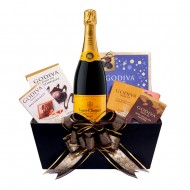
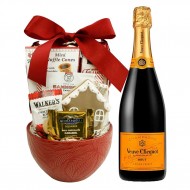
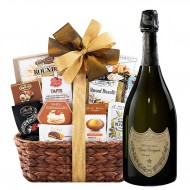
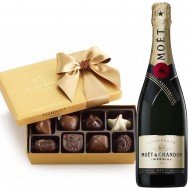
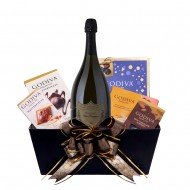




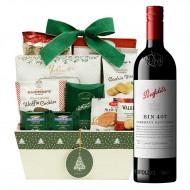

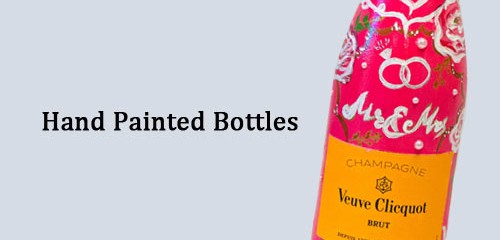
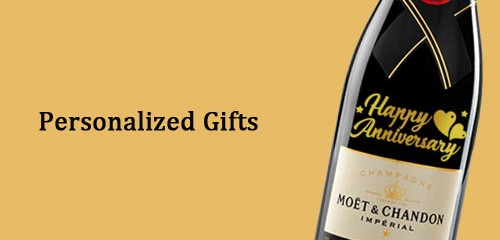
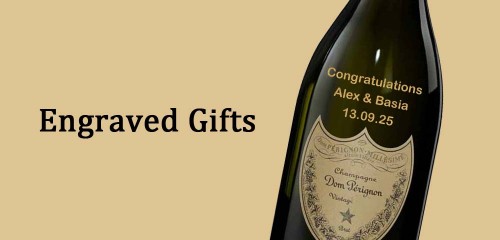

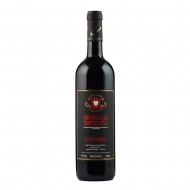
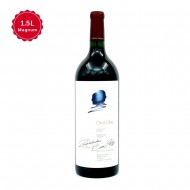
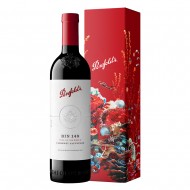
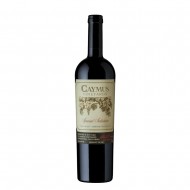
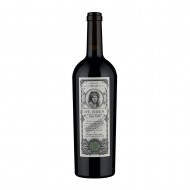
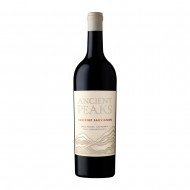
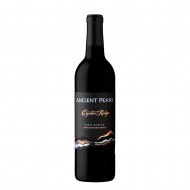
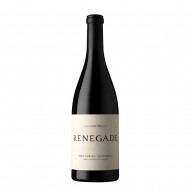
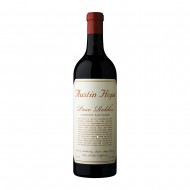
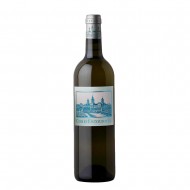
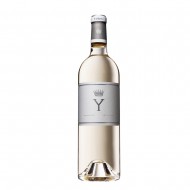
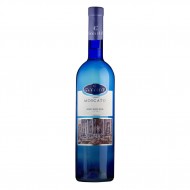
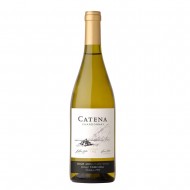
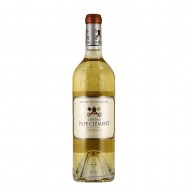
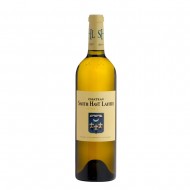
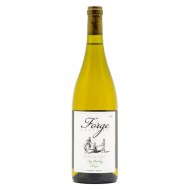
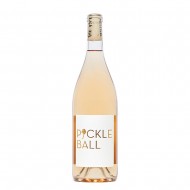
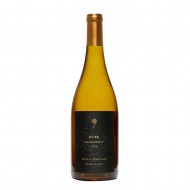
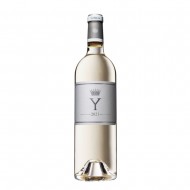
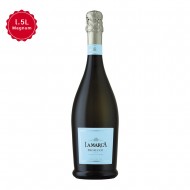
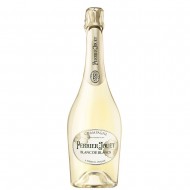
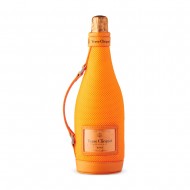
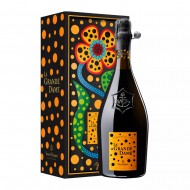
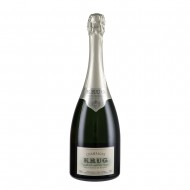

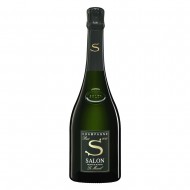
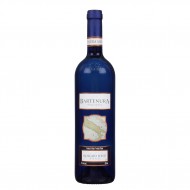
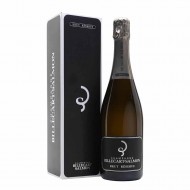
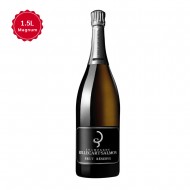
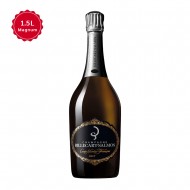
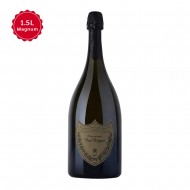

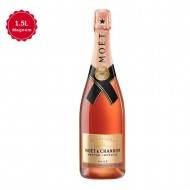
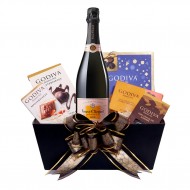
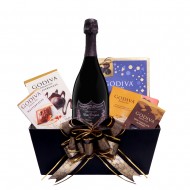
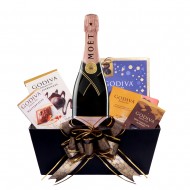
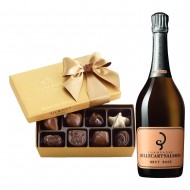
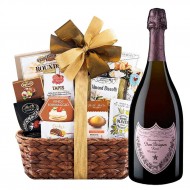
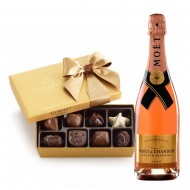
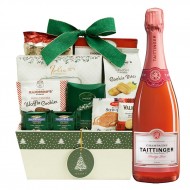
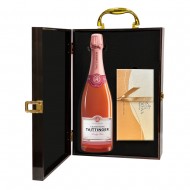
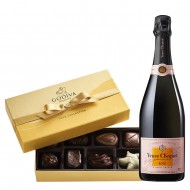
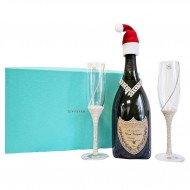

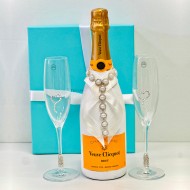
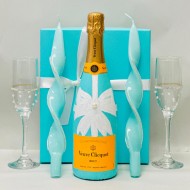
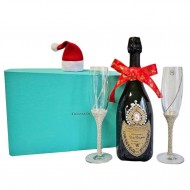
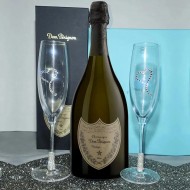
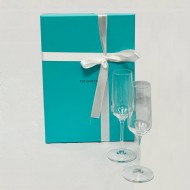
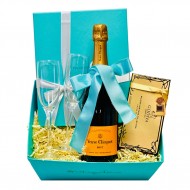
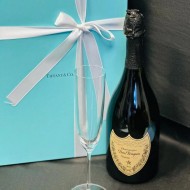
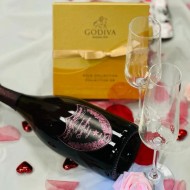
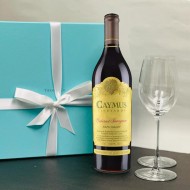
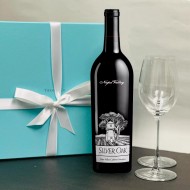
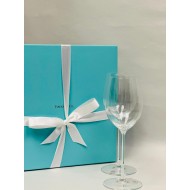
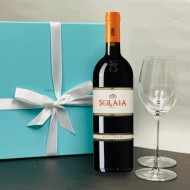
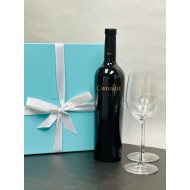
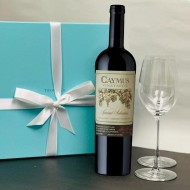

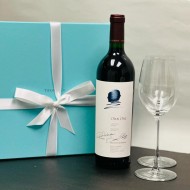
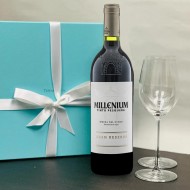
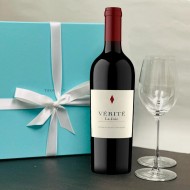

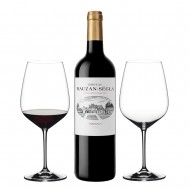
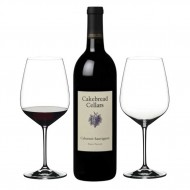
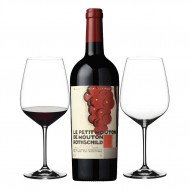

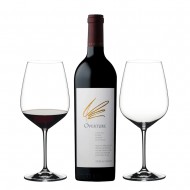
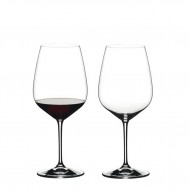
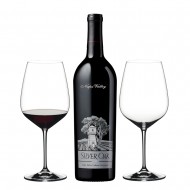



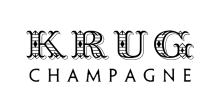



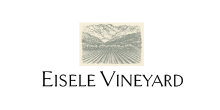
















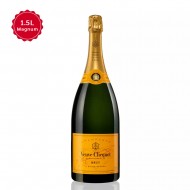
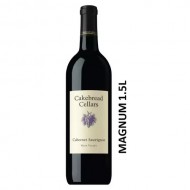
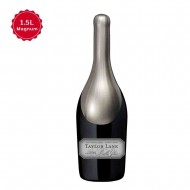
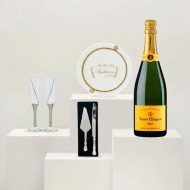
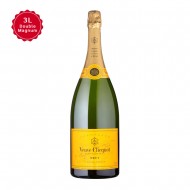
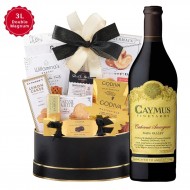
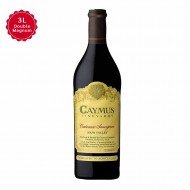
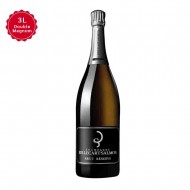
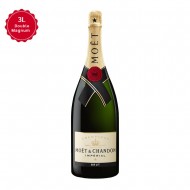


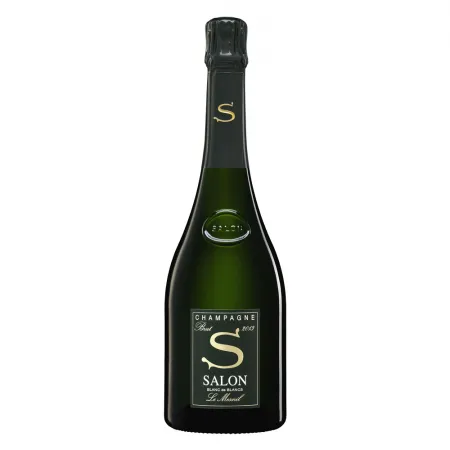
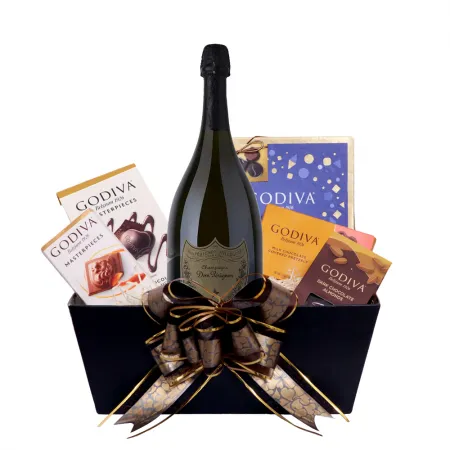
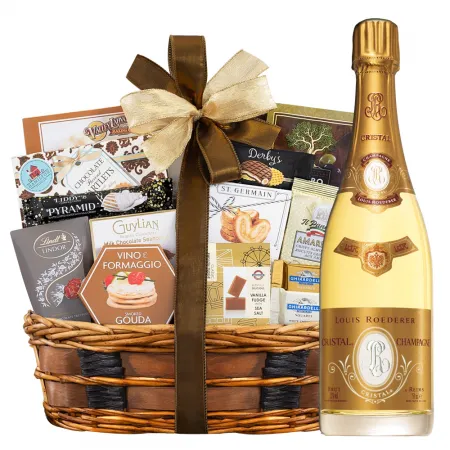
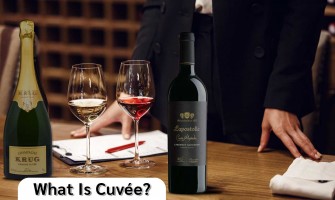
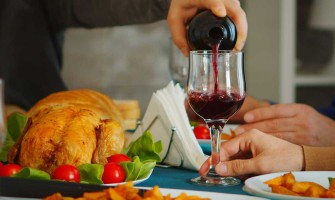
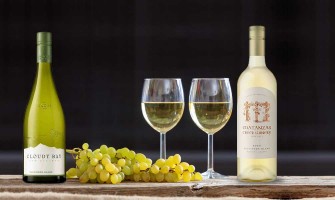
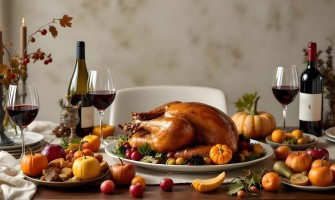
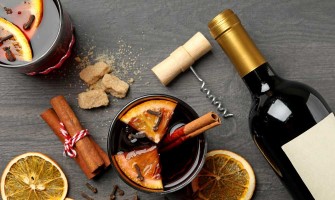
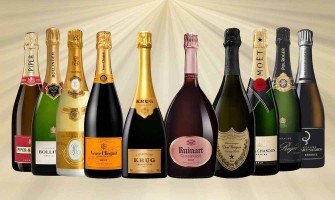
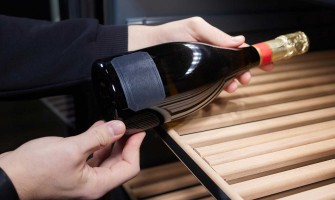
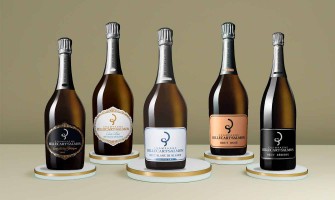
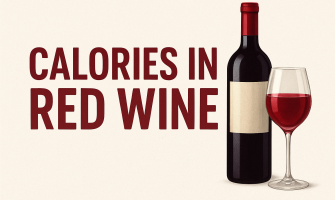


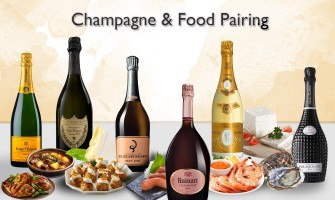
Leave a Comment